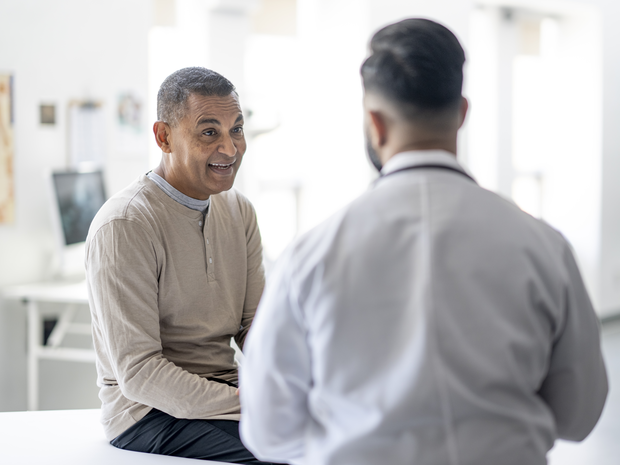
Radiation Therapy



Radiation therapy uses high-energy particles, such as photons and electrons, to destroy cancer cells and help shrink tumors in different parts of the body. The radiation causes irreparable damage to the DNA of cancer cells, causing cell death. While radiation can also damage healthy cells nearby, healthy cells have the ability to repair themselves.
Radiation therapy can be used to treat many types of cancer. Your radiation oncologist will work with you to develop a treatment plan uniquely tailored to your needs.
At St. Luke's Cancer Institute, we offer you leading radiation techniques and technology, as well as a team of skilled, compassionate experts treating your cancer and offering support and encouragement for you and your family throughout your cancer journey.

This technology shapes radiation beams to closely fit the cancer area. Treatment is planned in three dimensions to allow for tumor coverage and avoidance of as much healthy tissue as possible, reducing the risk of side effects.

Offered at all St. Luke's radiation treatment locations, TrueBeam® uses precise imaging and beam control to treat tumors quickly, accurately, and non-invasively. It's used on cancers of the head and neck, lung, breast, prostate, liver, and more.

This technology delivers radiation therapy with pinpoint accuracy, minimizing the risk of harm to surrounding healthy tissue. It offers improved patient comfort, shorter treatment times, fewer visits, and fewer side effects.

An ongoing support program for people with cancer and their loved ones.

Supportive Oncology
We prioritize your connection to programs and resources that help promote healing, reduce stress, and manage cancer treatment side effects and symptoms.

Your gift will help fund patient support services, advanced technology, and life-changing research. Every donation makes a difference.